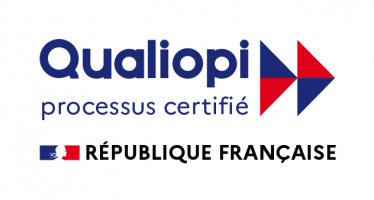- Products

Your S1000D / ATA standards document workshop
- AUTHOR
- MANAGER
- DATACHECKER
- PUBLISHER
- VIEWER
- ...

Your integrated content and documentation management solution
- Heyquid ECM
- DITA extension
- NEWS extension
- PORTAL extension
- ...
- Services
- Innovation
- Training
- About us
Stay informed about 4D CONCEPT
*By submitting this registration form, I agree that the information entered may be used by 4D CONCEPT to send me newsletters
Paris
41 avenue du centre
78180 Montigny-le-Bretonneux
SAINT-QUENTIN-EN-YVELINES
Toulouse
76 Voie du TOEC
Immeuble L’ECLAT 3EME ETAGE
31300 TOULOUSE
Lyon
523 cours du 3ème Millénaire
Bâtiment D – 1er étage
69800 SAINT-PRIEST
Switchboard :
+33 (0)1 61 08 50 20
Legal notices – Privacy policy – All rights reserved – 4D CONCEPT © 2023










